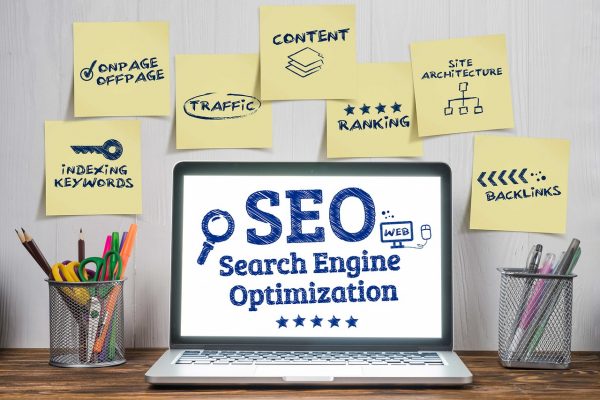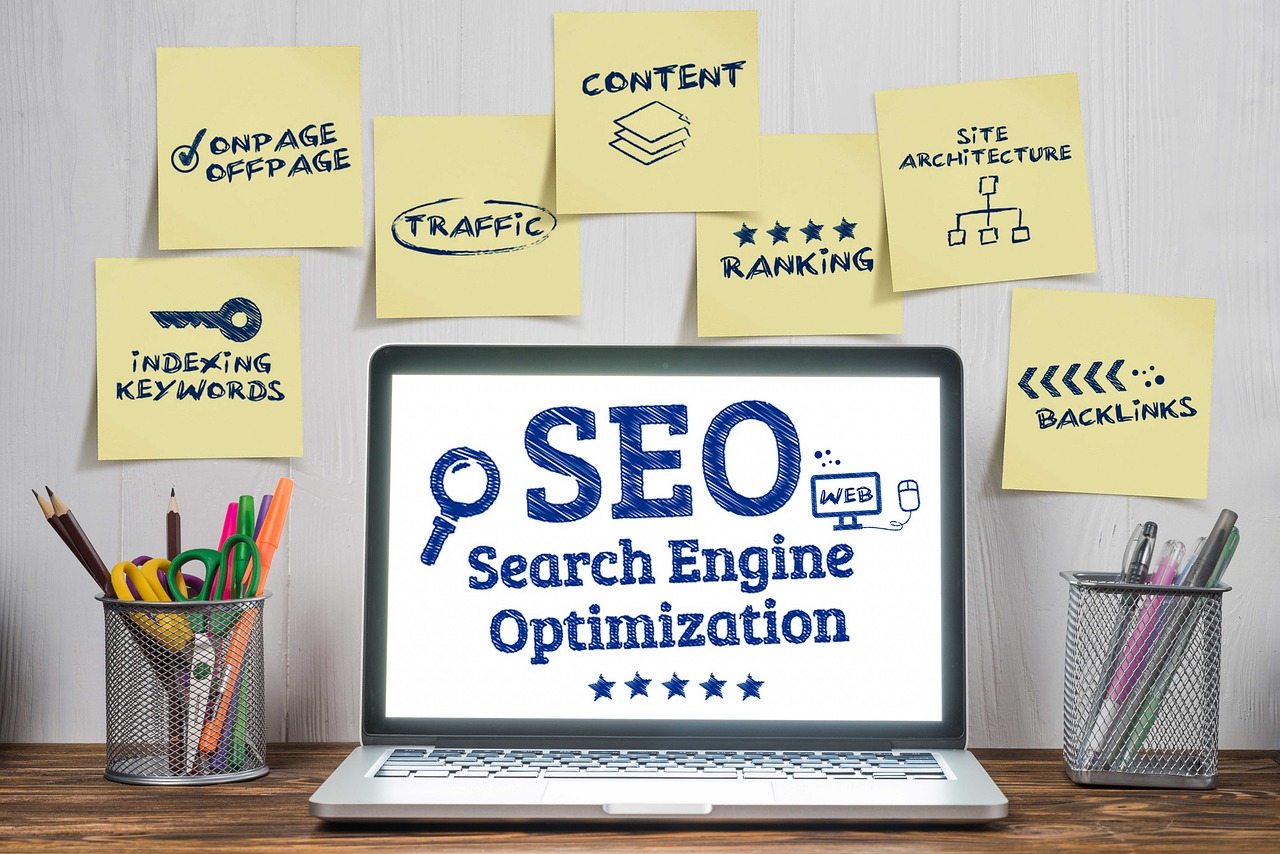

527% AI Traffic Surge: What SEOs Must Know About Optimising for LLM Discovery in 2025
A revolution has swept through digital marketing in 2025: AI-driven search and referral traffic have exploded by an astonishing 527% within just five months. The data is crystal clear. More sessions than ever now originate not from traditional search engines, but from Large Language Models (LLMs) like ChatGPT, Google’s AI Overviews, Perplexity, Claude, Gemini, and Bing Copilot. For SEOs, this isn’t just a shift. It’s an upheaval. Everything about visibility, content structure, and technical strategy must adjust to ride this tidal wave. But how do you pivot?
Let’s explore the tactics and mindsets that set apart the sites thriving in this new era. Drawing from hard-earned professional experience and credible, recent research, this guide offers actionable advice for optimising your site for LLM discovery and AI-referred visitors right now.
Where AI Traffic Really Comes From
No longer can anyone afford to treat ChatGPT, Perplexity, or Google’s AI Overviews as secondary discovery platforms. SMB and enterprise sites alike report that AI tools have become primary gateways to their content. In fact, some SaaS and B2B platforms attribute over 40% of their incremental web traffic growth to LLM-powered referrals as of Q2 2025. These tools are frequently surfacing content in response to both broad questions and ultra-specific user prompts.
This surge is fueled by users skipping traditional clicks, asking questions directly to AI assistants embedded in browsers, operating systems, and even productivity apps. The rise of “zero-click” experiences and answer summaries means your content must appeal both to human readers and to the LLMs parsing, summarizing, and citing the web. Modern SEO means being ready for both.
Optimising for Featured Snippets and Zero-Click Searches
Say goodbye to fighting for the number one blue link. LLMs don’t just serve ten results. They assemble direct answers, integrating content into conversational responses. Sites that appear in featured snippets, Google AI Overviews, or get cited by tools like ChatGPT and Perplexity are reaping outsized rewards.
The evolution of zero-click search optimization has fundamentally changed how content competes for visibility. Prioritize:
- Clear, concise answers: Break complex topics into digestible chunks. Summaries, bolded key facts, and strong introductions make your points more quotable by LLMs.
- FAQ blocks and schema: Visible questions and answers, both in body content and Markdown or FAQ schema, feed the appetite of LLM indexing engines seeking structured data.
- Conversational tone: Natural, reader-first language is more easily adapted into AI answers than robotic keyword stuffing.
Firsthand experience shows that when you restructure content with explicit answer formats. Think: question headings followed by succinct responses. You multiply appearances in AI-powered chats. Clients that adopted this approach saw their content referenced in zero-click responses at nearly double the previous rate.
Not every click is lost, though. A growing share of AI-driven summaries cite direct sources, resulting in referral links to sites deemed authoritative and easy to parse by machines.
Enhancing Content Discoverability: Structure and NLP-Effective Formats
How can your pages become the go-to example for AI models to summarize or cite? Everything starts with discoverable architecture and Natural Language Processing (NLP)-sensitive formatting.
Embrace Scannable, Modular Content
Structure your posts so every section is a potential standalone resource. Use clear headers, lists, and brief paragraphs. LLMs prefer extracting from pages that use logical, chunked formatting rather than rambling prose. Each subheading. In the form of a direct question or statement. Acts as an entry point for AI tools.
Cluster Topics Around Entities and Questions
Move beyond broad, generic keyword targeting. Use topic clusters grouped by entity and topical intent. For instance, group guides, how-tos, FAQs, and glossaries around core categories. In practice, this means creating content pillars that interlink related topics and reinforce the subject’s context. This approach encourages AI crawlers to treat your website as a knowledge base, not just a collection of isolated articles.
Clients who’ve tested this advanced clustering strategy are already seeing dividends: site sections with clearly grouped entity pages have reported higher AI-driven visitation compared to scattered, unconnected content. The more navigable your site is to a human, the easier it becomes for an LLM to map, understand, and surface your information.
Semantic SEO and Entity-Based Optimisation: Helping LLMs Contextualise Your Content
Classic SEO focused on matching surface-level keywords. Now, it’s about meaning. The engines behind LLMs rely on entity recognition and semantic relationships. Not just exact keywords. To determine context, authority, and relevance. So how do you establish your site as a trusted goldmine of knowledge?
- Highlight entities: Use specific names, processes, products, and place references wherever they naturally fit. Instead of stuffing in repetitive short-tail queries, interconnect related concepts, people, organizations, or locations. This enables AI to tie together facts and see your site as a key information hub.
- Add semantic markup: Implement schema that describes entities, attributes, and relationships within your content. Prioritize FAQ schema, HowTo, Product, and Organization markup. Be meticulous. LLMs are tuned to spot inconsistencies or irrelevant markup quickly.
- Link meaningfully: Internal links should weave a semantic web, grouping content by subject and signaling topical authority. Experience shows that sites which strategically cluster entity-based resources earn more citations and recurring appearances in LLM answers.
Advanced AI transformation in SEO demonstrates how semantic optimization has become foundational to becoming an LLM reference.
Why Up-to-Date, Factual Content Dominates LLM Retrieval and Citation
There’s a simple truth every content creator must accept: LLMs are obsessed with accuracy and recency. Pages that showcase well-documented expertise and unambiguous data are featured far more often by AI tools than outdated, speculative, or thinly sourced content.
A consistent pattern emerges from audited LLM referrals:
– Sites publishing regular updates on emergent topics dominate LLM-cited results.
– Transparent citation of statistics, references to studies, or real-world case examples are favored by AI engines.
– Avoiding exaggeration or unsubstantiated claims fosters trust. LLMs want to reference material that’s correct and accountable.
Based on direct optimization projects, regularly refreshed resource centers and up-to-date how-to content consistently outperform static, older guides for AI-driven traffic. If your information fills a gap and is trusted, it becomes prime material for LLMs to quote, summarize, or link to when users seek reliable answers.
Every SEO should ask: When did we last fact-check and upgrade our cornerstone pages? In the new era, regular content audits are your competitive moat.
Key Takeaways and Next Steps
The digital landscape is changing at an unprecedented pace. With AI-driven referral traffic up over fivefold in less than a year, there’s no room for complacency. LLMs are both a threat to traditional organic discovery and a massive new source of qualified, high-intent visitors. For those who adapt quickly.
Understanding the broader context of current Google algorithm updates helps position these AI optimization strategies within the evolving search ecosystem.
Start with clear answers and conversational formats that appeal to AI tools. Cluster topics around key entities, structure pages for both discoverability and ease of parsing, and prioritize schema that’s accurate and relevant. Most importantly, build habits around updating and fact-checking regularly; resurfacing as an AI citation means being up to date and trustworthy.
Ready to secure your position as an authoritative, AI-friendly resource? Begin the audit now and let your best content shape the answers delivered around the globe. The next era of SEO isn’t coming. It’s already here. Will your site rise to meet it?
Frequently Asked Questions
What are the main sources of AI referral traffic in 2025?
The largest drivers are platforms powered by Large Language Models, such as ChatGPT, Perplexity, Google AI Overviews, Claude, Gemini, and Bing Copilot. These tools are embedded in browsers, search interfaces, and productivity apps, making them integral gateways for web discovery.
How do featured snippets and zero-click searches impact my website’s traffic?
Featured snippets and zero-click answers often mean users receive the information they need directly from the AI interface. While this can reduce organic clicks, it increases brand visibility and the chance of being cited as a source, especially if your content is well-structured and authoritative.
What is the best way to structure content for LLM discovery?
Organise your site into scannable sections with logical headers, short paragraphs, and FAQ blocks. Cluster related topics and use clear internal linking. Ensure schema markup is accurate and aligns with the entities and intent behind your topics.
How important is factual accuracy for AI-driven traffic?
Factual and timely content is essential. LLMs prioritize information they can trust, so regularly updated, well-sourced pages are more likely to be cited in AI-generated summaries and responses.
What does semantic SEO mean for optimizing content in 2025?
Semantic SEO goes beyond keywords to focus on relationships between entities, context, and topical authority. By marking up content with schema, interlinking related concepts, and providing comprehensive explanations, you make it easier for LLMs to understand, index, and recommend your pages.







